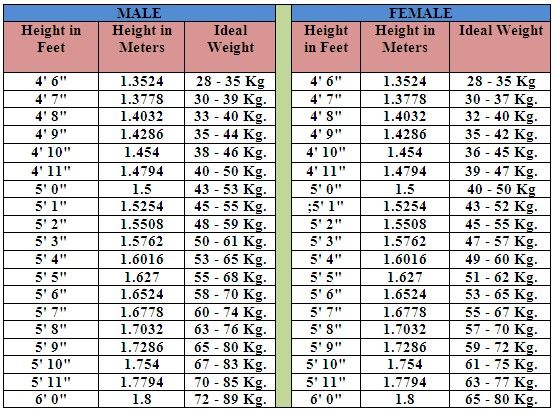Reptile Cardio System: Master Anatomy
The reptile Cardio system, a complex and fascinating network of organs and vessels, has captivated the imagination of scientists and animal enthusiasts alike for centuries. As we delve into the master anatomy of this intricate system, it becomes clear that reptiles have evolved unique adaptations to thrive in a wide range of environments. From the scorching deserts to the lush rainforests, reptiles have developed remarkable cardiovascular systems that enable them to survive and dominate their ecological niches.
Introduction to Reptile Cardiovascular Anatomy
At the heart of the reptile cardiovascular system lies the heart, a muscular, four-chambered organ that pumps blood throughout the body. The reptile heart is divided into two main parts: the atria, which receive blood from the body, and the ventricles, which pump blood out to the body. This divide is crucial, as it allows reptiles to separate oxygenated and deoxygenated blood, ensuring efficient oxygen delivery to the body’s tissues.
One of the most striking features of the reptile cardiovascular system is its ability to regulate blood pressure and blood flow. Reptiles have evolved a range of mechanisms to achieve this, including the use of vascular shunts, which allow them to redirect blood flow to specific areas of the body. For example, during periods of high activity, reptiles can increase blood flow to their muscles, while reducing blood flow to their digestive system.
Reptiles have evolved an remarkable ability to regulate their cardiovascular system in response to changes in their environment. This adaptability is a key factor in their success as a group, and has allowed them to thrive in a wide range of ecological niches.
Comparative Analysis of Reptile Hearts
When comparing the hearts of different reptile species, several distinct patterns emerge. For example, snakes and lizards have relatively simple hearts, with a single ventricle and a divided atrium. In contrast, crocodiles and turtles have more complex hearts, with two ventricles and a divided atrium. This difference in heart structure is thought to be related to the different ecological pressures faced by these groups, with snakes and lizards requiring more efficient oxygen delivery to their muscles, while crocodiles and turtles require more efficient oxygen delivery to their brains.
| Reptile Group | Heart Structure | Oxygen Delivery |
|---|---|---|
| Snakes and Lizards | Single ventricle, divided atrium | Efficient oxygen delivery to muscles |
| Crocodiles and Turtles | Two ventricles, divided atrium | Efficient oxygen delivery to brain |
Myth vs. Reality: Separating Fact from Fiction in Reptile Cardiovascular Biology
Despite the many advances that have been made in our understanding of reptile cardiovascular biology, several myths and misconceptions persist. One of the most common myths is that reptiles have “cold blood,” and are therefore unable to regulate their body temperature. However, this is not entirely accurate, as many reptiles are able to regulate their body temperature through behavioral means, such as basking in the sun or seeking shade.
Advantages of Reptile Cardiovascular System
- Efficient oxygen delivery to muscles and brain
- Ability to regulate blood pressure and blood flow
- Adaptability to different ecological niches
Disadvantages of Reptile Cardiovascular System
- Limited ability to regulate body temperature
- Dependence on environmental factors, such as temperature and humidity
- Potential for cardiovascular disease, such as atherosclerosis
Future Trends Projection: Emerging Developments in Reptile Cardiovascular Research
As our understanding of reptile cardiovascular biology continues to evolve, several emerging trends are likely to shape the future of this field. One of the most exciting areas of research is the use of advanced imaging techniques, such as MRI and CT scans, to study the reptile cardiovascular system in greater detail. These techniques have the potential to reveal new insights into the structure and function of the reptile heart, and may ultimately lead to the development of new treatments for cardiovascular disease.
Step-by-Step Guide to Reptile Cardiovascular Research
- Obtain a thorough understanding of reptile anatomy and physiology
- Develop a research question or hypothesis, such as the effect of temperature on reptile cardiovascular function
- Design and conduct an experiment, using techniques such as blood pressure measurement or echocardiography
- Analyze and interpret the results, using statistical methods and data visualization techniques
- Draw conclusions and make recommendations for future research
FAQ Section
What is the main function of the reptile cardiovascular system?
+The main function of the reptile cardiovascular system is to deliver oxygen and nutrients to the body's tissues, while removing waste products and maintaining blood pressure and blood flow.
How do reptiles regulate their body temperature?
+Reptiles regulate their body temperature through behavioral means, such as basking in the sun or seeking shade. Some species also have specialized physiological mechanisms, such as countercurrent heat exchange, to help regulate their body temperature.
What are some common cardiovascular diseases that affect reptiles?
+Some common cardiovascular diseases that affect reptiles include atherosclerosis, which is the buildup of plaque in the arteries, and hypertension, which is high blood pressure. These diseases can be caused by a range of factors, including diet, lifestyle, and genetics.
By mastering the anatomy of the reptile cardiovascular system, we can gain a deeper understanding of the intricate relationships between structure, function, and environment that have enabled these animals to thrive in a wide range of ecological niches. As we continue to explore and learn more about the reptile cardiovascular system, we may uncover new insights into the evolution of cardiovascular biology, and develop new approaches to the prevention and treatment of cardiovascular disease.
